Home>Garden Essentials>How To Make A Mango Seed Grow
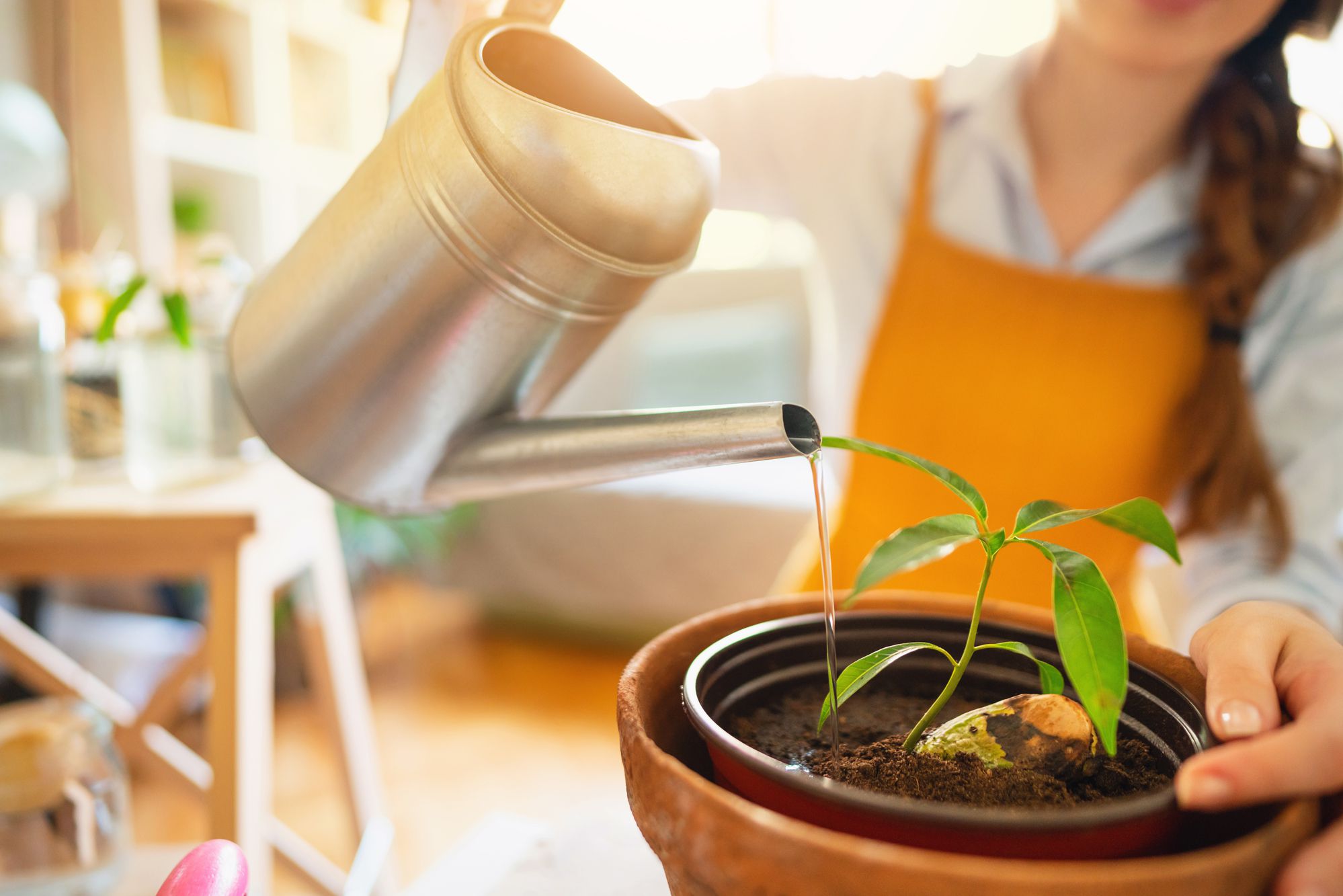

Garden Essentials
How To Make A Mango Seed Grow
Modified: March 16, 2024
Learn how to grow a mango seed in your garden with our step-by-step guide. Discover the secrets to successfully nurturing and cultivating this tropical tree.
(Many of the links in this article redirect to a specific reviewed product. Your purchase of these products through affiliate links helps to generate commission for Storables.com, at no extra cost. Learn more)
Introduction
Welcome to the world of gardening, where the joy of nurturing and witnessing the growth of plants is truly rewarding. If you are a mango lover and want to experience the satisfaction of growing your own mango tree from a seed, you’ve come to the right place! In this article, we will guide you through the process of growing a mango seed into a healthy and fruitful tree.
Mangoes are a tropical fruit that thrives in warm climates. They are not only delicious but also packed with essential nutrients. By growing your own mango tree, you can enjoy the scrumptious fruit right from your backyard, while also adding a touch of elegance to your garden.
Before we dive into the details of growing a mango seed, it’s important to note that cultivating a mango tree from a seed requires time, patience, and the right conditions. While it can be a fun and fulfilling project, it is important to manage your expectations, as it may take several years for your tree to bear fruit. However, the journey is filled with learning opportunities and the satisfaction of nurturing life.
So, if you are ready to embark on this exciting gardening adventure, let’s get started by understanding how to choose the right mango seed.
Key Takeaways:
- Growing a mango tree from a seed requires patience, care, and the right conditions. It’s a rewarding journey that teaches the importance of nurturing life and the wonders of nature.
- Choosing a high-quality mango seed and providing the right growing conditions are essential for successfully growing a mango tree. With dedication and care, you can enjoy the beauty of a flourishing mango tree in your own garden.
Read more: How To Grow Mango Seeds
Choosing a Mango Seed
When it comes to growing a mango tree from a seed, selecting a high-quality seed is crucial to increase the chances of successful germination and healthy growth. Here are a few tips to help you choose the perfect mango seed:
- Choose a fresh mango: Look for a ripe mango and enjoy the delicious fruit first. Once you have finished eating the mango, save the seed for planting. Fresh seeds have a higher chance of germinating compared to older, dried-out seeds.
- Opt for a local or native mango variety: Choosing a mango seed from a local or native mango variety is beneficial because these varieties are more likely to thrive and adapt to the local climate and conditions. Additionally, they may have better resistance to pests and diseases.
- Look for a plump seed: A plump seed indicates that it is well-nourished and potentially more viable for germination. Avoid seeds that are shriveled or damaged.
- Consider the size of the seed: Larger seeds tend to have better germination rates compared to smaller ones. This is because larger seeds contain more energy reserves to support the initial growth of the seedling.
Once you have carefully selected your mango seed, it’s time to prepare it for planting. Let’s move on to the next step!
Preparing the Mango Seed
Before planting the mango seed, it’s important to prepare it properly to enhance its chances of germination and promote healthy growth. Follow these steps to prepare your mango seed:
- Clean the seed: Start by removing any flesh or residue from the mango seed. Gently wash it with water and use a soft brush or cloth to clean off any remaining pulp.
- Remove the outer husk: The mango seed has a tough outer husk that needs to be removed to expose the inner seed. Carefully use a knife or a pair of pliers to crack the husk, without damaging the inner seed.
- Extract the inner seed: Once the husk is cracked, carefully pry it open and remove the inner seed. Take caution not to damage the seed or its covering, as this can impede germination.
- Allow for drying: After extracting the inner seed, allow it to dry for a few days. Place it in a well-ventilated area, away from direct sunlight, to ensure proper drying. This step helps prevent mold or fungal growth during planting.
- Inspect for viability: Before planting, examine the dried seed for any signs of damage or infection. Look for any signs of discoloration, mold, or pest damage. If you notice any issues, it’s best to choose another seed.
Once your mango seed is properly prepared, you can proceed to the next step of planting it. With the right preparation, your seed is now ready to embark on its journey towards becoming a beautiful mango tree.
Planting the Mango Seed
Now that you have prepared your mango seed, it’s time to plant it and start the germination process. Follow these steps to plant your mango seed:
- Select a suitable pot: Choose a pot that is at least 12 inches in diameter and has drainage holes at the bottom. This will ensure proper drainage and prevent waterlogged soil.
- Prepare the potting mix: Fill the pot with a well-draining potting mix. You can create a mix using equal parts of garden soil, compost, and sand. This will provide the ideal growing medium for your mango seedling.
- Plant the seed: Make a small hole in the potting mix and place the mango seed vertically, with the pointed end facing downwards. Gently cover the seed with 1-2 inches of the potting mix, ensuring that it is firmly in place.
- Water thoroughly: After planting, water the pot thoroughly until the soil is evenly moist. Avoid overwatering, as it can lead to root rot. Allow the excess water to drain out from the bottom of the pot.
- Provide warmth and humidity: Mango seeds require warmth and humidity for germination. Place a clear plastic bag or a plastic wrap over the pot to create a greenhouse-like environment. This will help trap moisture and create the optimal conditions for germination.
- Choose a warm location: Place the pot in a warm location that receives plenty of indirect sunlight. A temperature of around 80-85°F (27-29°C) is ideal for germination.
- Monitor and maintain moisture: Check the moisture levels in the pot regularly. Keep the soil slightly moist, but not waterlogged. Mist the potting mix with water as needed to maintain humidity.
Now that your mango seed is planted with care, it’s time to provide the right growing conditions to encourage healthy growth. Let’s explore the next step!
To grow a mango seed, remove the outer husk, plant it in a pot with well-draining soil, and keep it warm and moist. It can take 2-4 weeks to sprout.
Providing the Right Growing Conditions
To ensure the successful growth of your mango seedling, it’s important to provide the right growing conditions. Here are some key factors to consider:
- Light: Mango trees thrive in full sunlight. Place your mango seedling in a location where it can receive at least 6-8 hours of direct sunlight every day. If you are growing it indoors, consider using supplemental grow lights to provide sufficient light.
- Temperature: Mango trees are tropical plants and require warm temperatures to thrive. Optimal growth occurs in temperatures between 70-85°F (21-29°C). Avoid exposing the seedling to frost or extreme temperature fluctuations.
- Watering: Mango trees prefer a consistent moisture level in the soil. Water the seedling deeply whenever the top inch of the soil feels dry. Be careful not to overwater, as it can lead to root rot. Allow the soil to dry slightly between watering sessions.
- Fertilization: Mango seedlings benefit from regular feeding to promote healthy growth. Use a balanced organic fertilizer, or a specifically formulated fertilizer for fruit trees, during the growing season. Follow the package instructions for application rates and frequency.
- Pruning: Once your mango seedling has grown a few sets of leaves, you can start pruning to shape its growth. Remove any damaged or diseased branches, and trim back excessive growth to encourage a bushy and well-structured tree.
- Protection from pests and diseases: Monitor your mango seedling for any signs of pests or diseases. Common pests include aphids, mealybugs, and scales. Treat any infestations promptly using organic insecticides or consult a gardening professional for guidance.
- Support and staking: As your mango seedling grows taller, provide support in the form of stakes or a trellis to prevent it from bending or breaking. Secure the trunk gently to the support structure using soft ties or strings.
By providing the right growing conditions, you can encourage the healthy development of your mango tree. With proper care and attention, your seedling will flourish and eventually bear delicious mangoes in the future.
Read more: How To Make Seeds Grow
Caring for Your Mango Seedling
Now that your mango seedling is growing, it’s important to provide consistent care to ensure its health and growth. Here are some essential care tips for your mango seedling:
- Watering: Water your mango seedling deeply once a week, or whenever the top inch of the soil feels dry. Be sure to water at the base of the plant to avoid wetting the leaves, which can lead to fungal diseases. Adjust the frequency of watering based on weather conditions and the moisture level of the soil.
- Fertilization: Feed your mango seedling with a balanced organic fertilizer every 2-3 months during the growing season. Apply the fertilizer according to the package instructions, taking care not to over-fertilize, as it can burn the roots. Organic compost and well-rotted manure are also beneficial for nourishing the soil.
- Mulching: Apply a layer of organic mulch around the base of your mango seedling. This helps retain moisture, suppresses weed growth, and regulates soil temperature. Use materials like wood chips, straw, or shredded leaves and ensure the mulch is kept a few inches away from the trunk to prevent rotting.
- Pruning: Regular pruning is important to shape your mango tree, promote airflow, and remove any dead or diseased branches. Prune during the dormant season, before the tree starts actively growing. Use clean and sharp pruning tools to make clean cuts, and always sterilize the tools between cuts to prevent the spread of diseases.
- Protecting from frost: If you live in an area prone to frost, protect your mango seedling from cold temperatures. Cover it with a blanket or burlap during frosty nights or move it to a sheltered area. Avoid using plastic covers directly on the plant, as they can trap moisture and cause damage.
- Monitoring pests and diseases: Regularly inspect your mango seedling for any signs of pests or diseases, such as aphids, mealybugs, powdery mildew, or anthracnose. Treat any infestations or infections promptly using organic methods, such as insecticidal soaps or neem oil. If the problem persists, seek advice from a professional gardener or extension service.
- Strengthening the roots: To encourage a strong and healthy root system, gently loosen the soil around the seedling’s base using a hand cultivator. Be careful not to damage the roots while doing so. This process encourages root growth and improves water and nutrient absorption.
By providing consistent care and attention to your mango seedling, you are fostering its growth and ensuring its ability to bear fruits in the future. Stay observant and responsive to the needs of your seedling to help it thrive.
Transplanting the Mango Seedling
As your mango seedling continues to grow and flourish, there may come a time when it outgrows its current pot and needs to be transplanted into a larger space. Transplanting is an important step in the growth journey of your mango tree. Here’s how you can successfully transplant your mango seedling:
- Choose the right time: Transplant your mango seedling during the dormant season or when it is not actively growing. This typically occurs in early spring or late winter. Avoid transplanting during hot summer months or extreme weather conditions.
- Select a larger pot: Opt for a pot that is at least 3-4 times larger in diameter than the current pot. Ensure that it has proper drainage holes to prevent waterlogging. Good drainage is crucial for the health of your mango tree.
- Prepare the new pot: Fill the new pot with a well-draining potting mix, similar to the one used during planting. Create a small mound in the center to accommodate the roots of the seedling.
- Remove the seedling from the current pot: Gently loosen the soil around the root ball of the seedling. Carefully lift the seedling from the pot, holding it by the base of the stem. Be cautious not to damage the delicate roots.
- Place the seedling in the new pot: Position the seedling in the center of the new pot and gently place it on top of the mound of potting mix. Ensure that the seedling is planted at the same depth as before, with the crown just above the soil surface.
- Backfill and water: Fill the remaining space in the pot with the potting mix, gently pressing it down to eliminate air pockets. Water the newly transplanted seedling thoroughly to settle the soil around the roots.
- Provide post-transplant care: Place the pot in a shaded area for a few days, gradually exposing it to more sunlight. Avoid direct sunlight initially, as the tree adjusts to its new environment.
- Maintain regular care: After transplantation, continue to provide regular watering, fertilization, and ongoing care to support the healthy growth of your mango tree. Monitor the seedling closely for any signs of stress or disease and take appropriate action.
Transplanting your mango seedling into a larger pot allows its roots to spread and provides more space for growth. With proper care and attention, your mango tree will continue to flourish and bring you joy for years to come.
Conclusion
Congratulations on embarking on the journey of growing your own mango tree from a seed! It’s a wonderful experience to witness the transformation of a tiny seed into a majestic tree that bears delicious fruits. While growing a mango seedling requires patience and dedicated care, the rewards are well worth it.
In this article, we discussed the process of growing a mango seed and provided essential tips for each stage of the journey. From choosing a high-quality seed to preparing it for planting, and from providing the right growing conditions to caring for your seedling, every step is crucial for the successful growth of your mango tree.
Remember, growing a mango tree from a seed is a long-term commitment. It may take several years for your tree to bear fruits, but the journey itself is enriching. As you care for your mango seedling, you will learn more about the intricacies of gardening, the importance of patience, and the wonders of nature.
Continue to monitor your mango tree’s growth and adjust its care as needed. As your tree matures, consider consulting experts or resources specific to your region for guidance on pruning, pest control, and fertilization. With dedication and continued care, you can enjoy the beauty of a flourishing mango tree in your own garden.
So, roll up your sleeves, embrace the joy of gardening, and watch as your mango seed grows into a magnificent tree. With your nurturing hands, you can create a thriving oasis right at home, and savor the sweet taste of success when you bite into homegrown mangoes.
Frequently Asked Questions about How To Make A Mango Seed Grow
Was this page helpful?
At Storables.com, we guarantee accurate and reliable information. Our content, validated by Expert Board Contributors, is crafted following stringent Editorial Policies. We're committed to providing you with well-researched, expert-backed insights for all your informational needs.
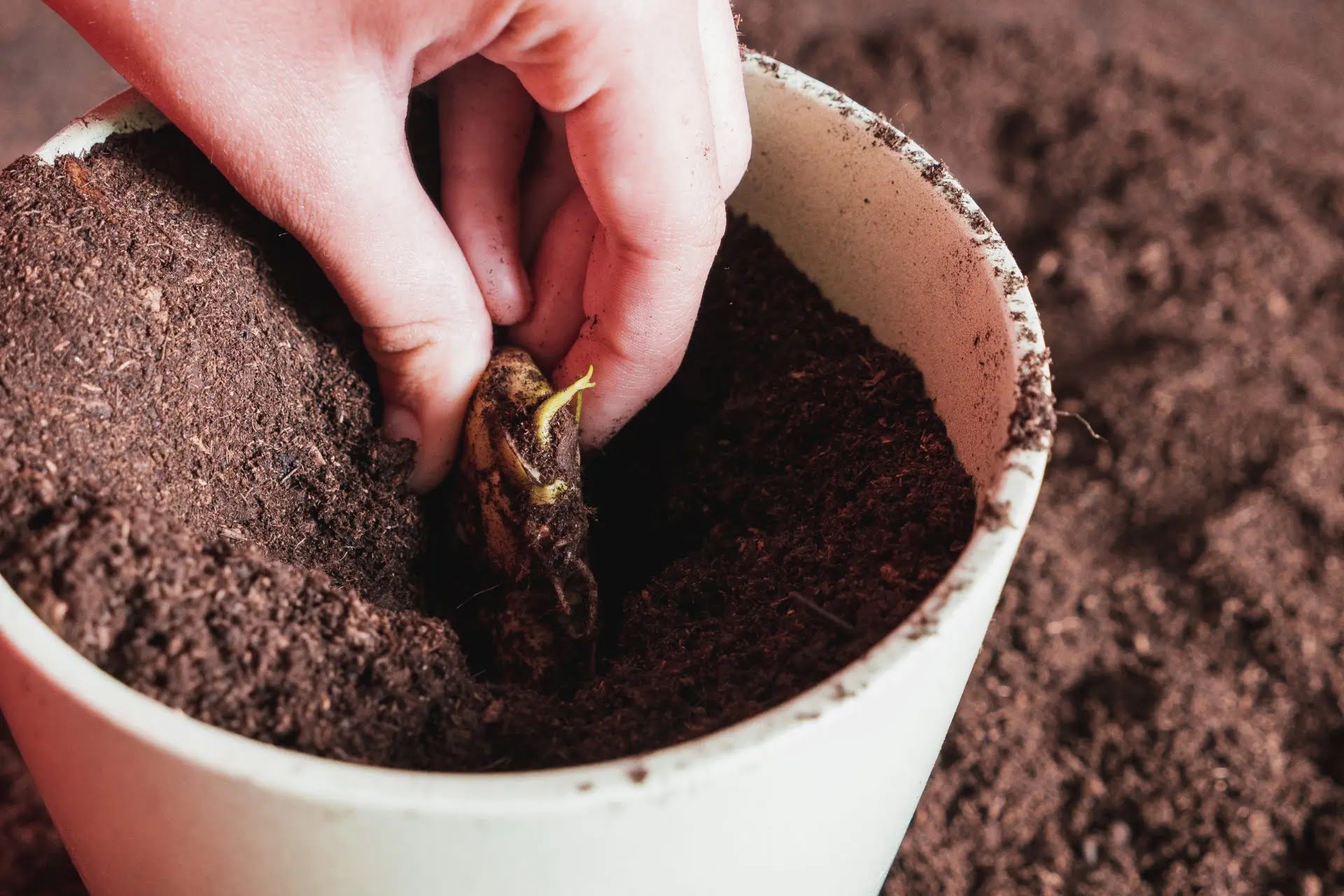
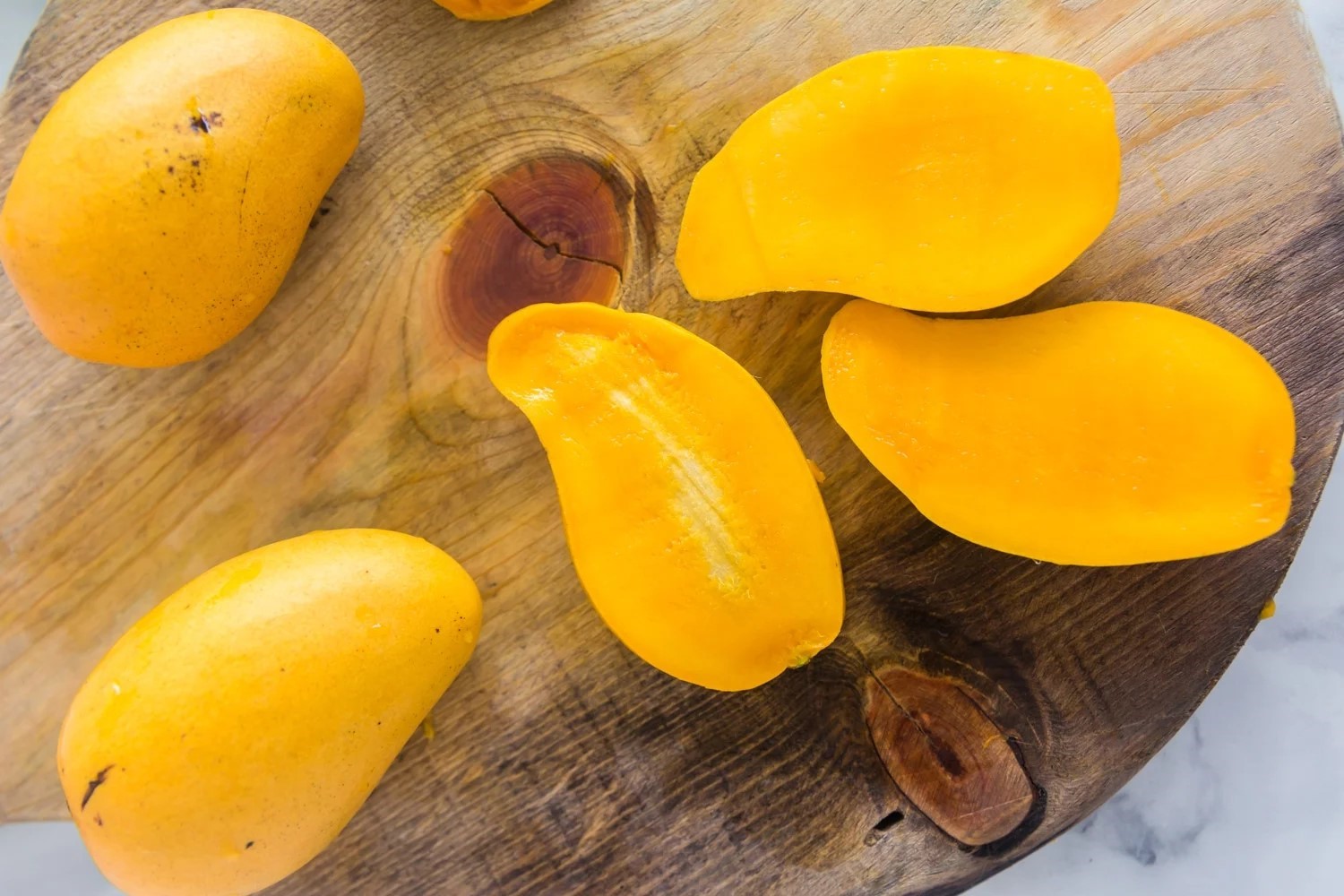
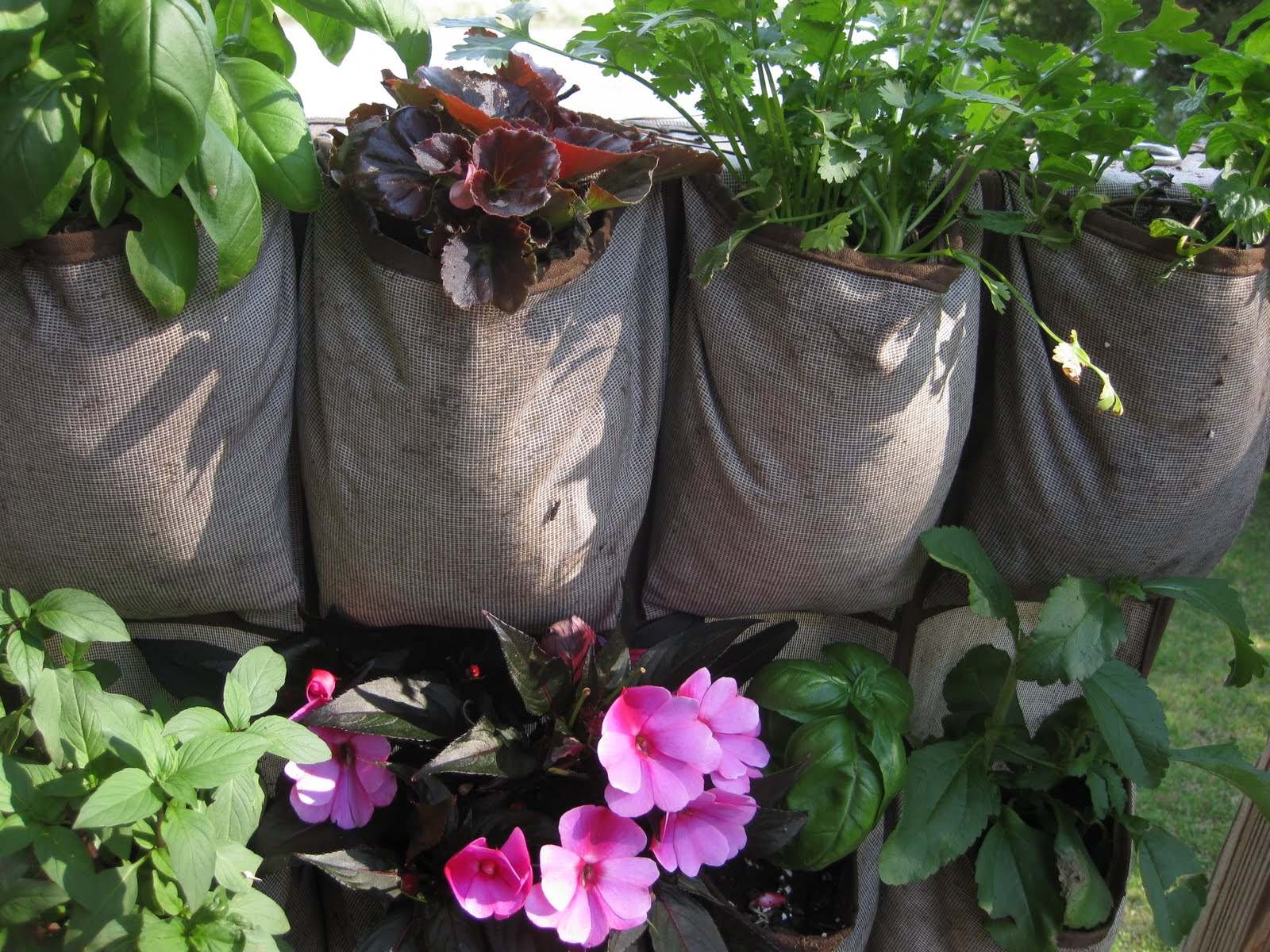
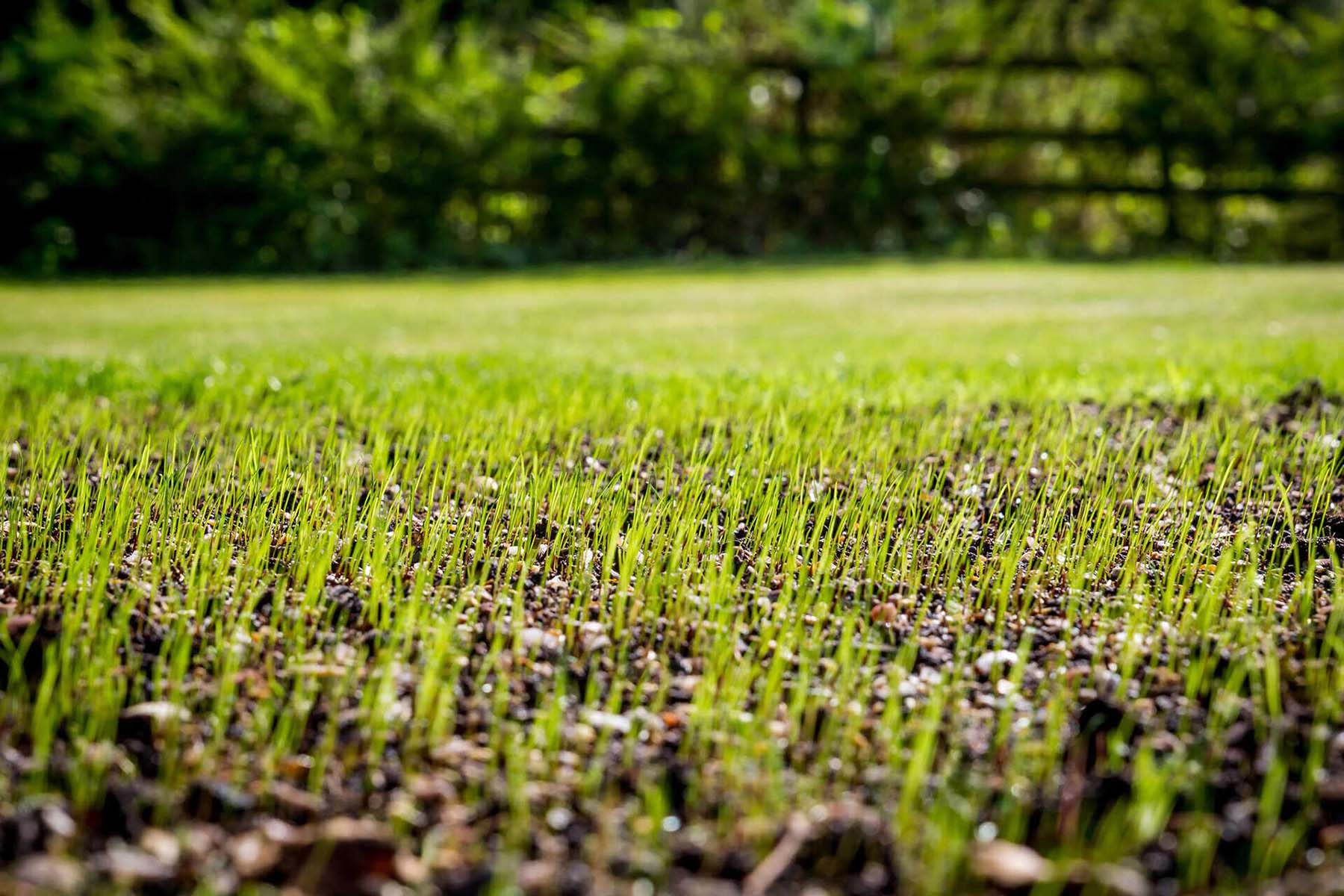
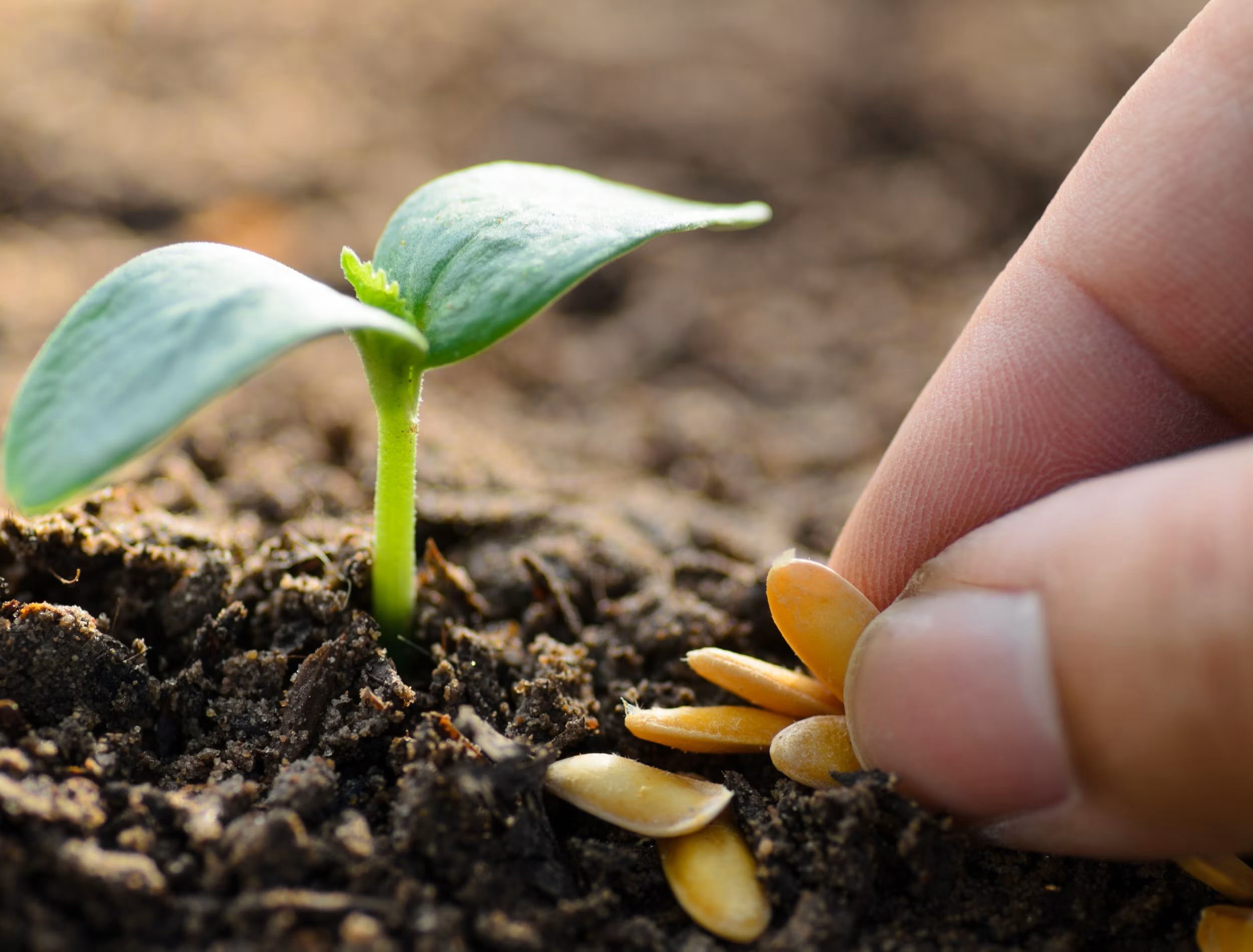
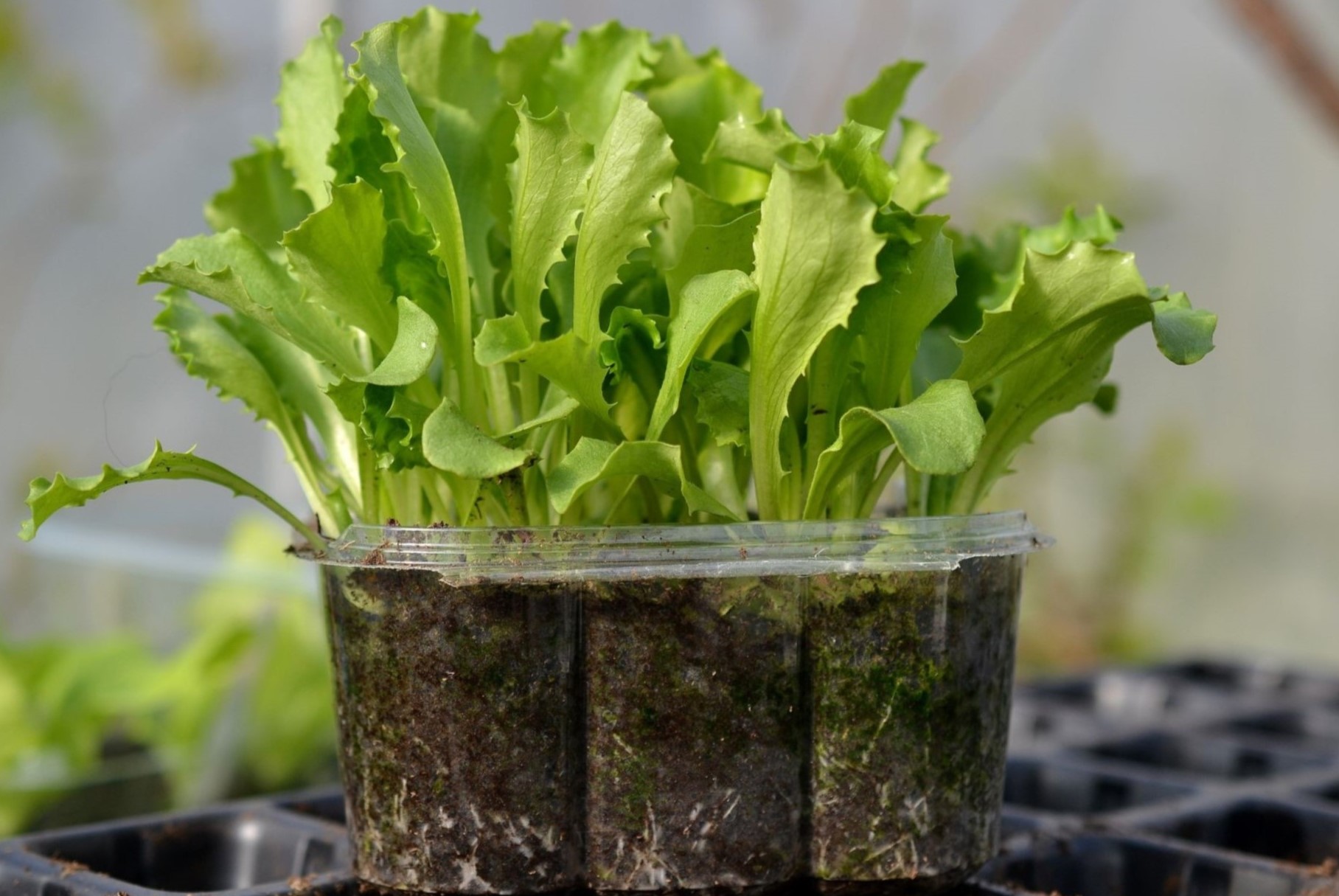
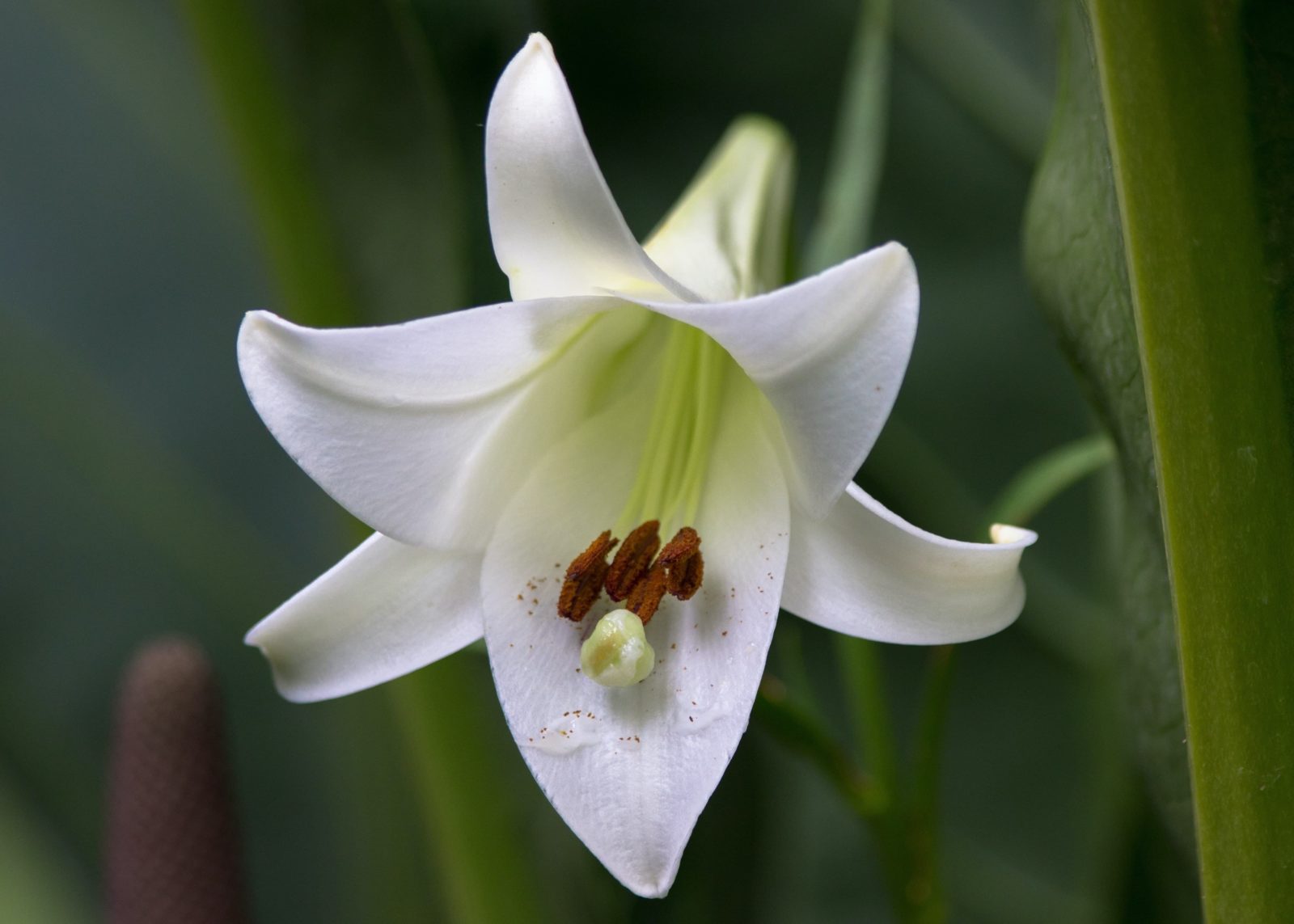
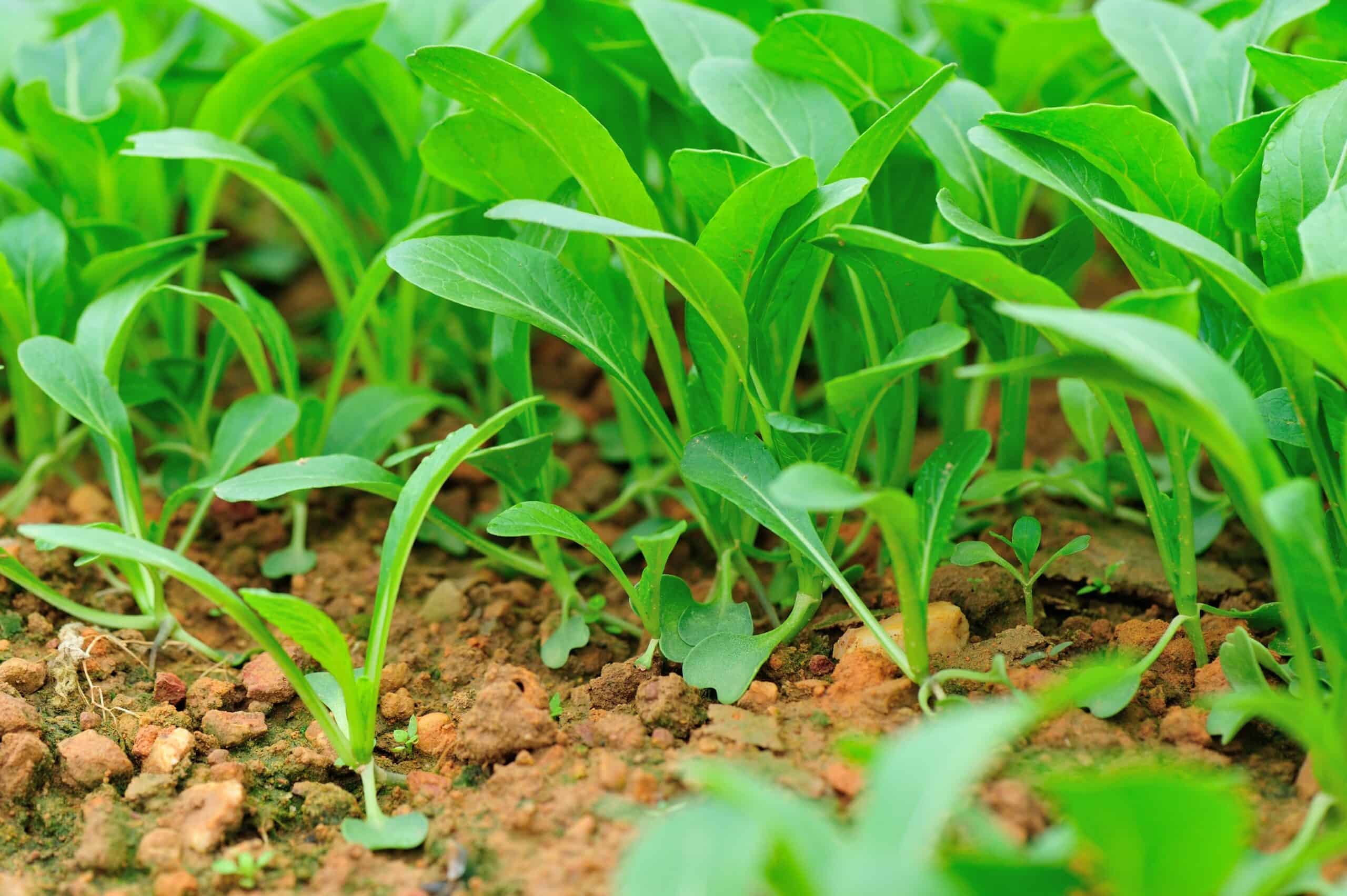
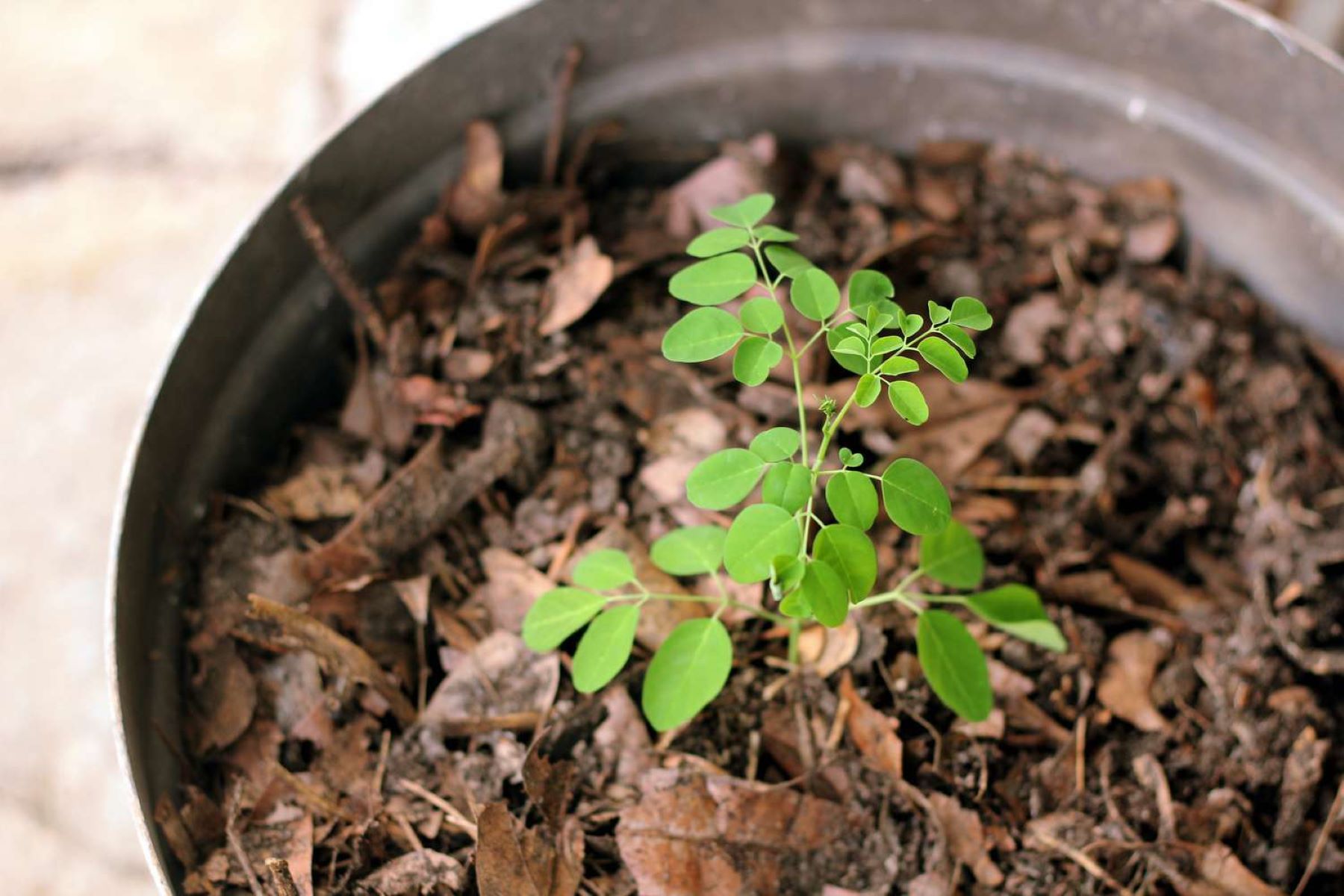
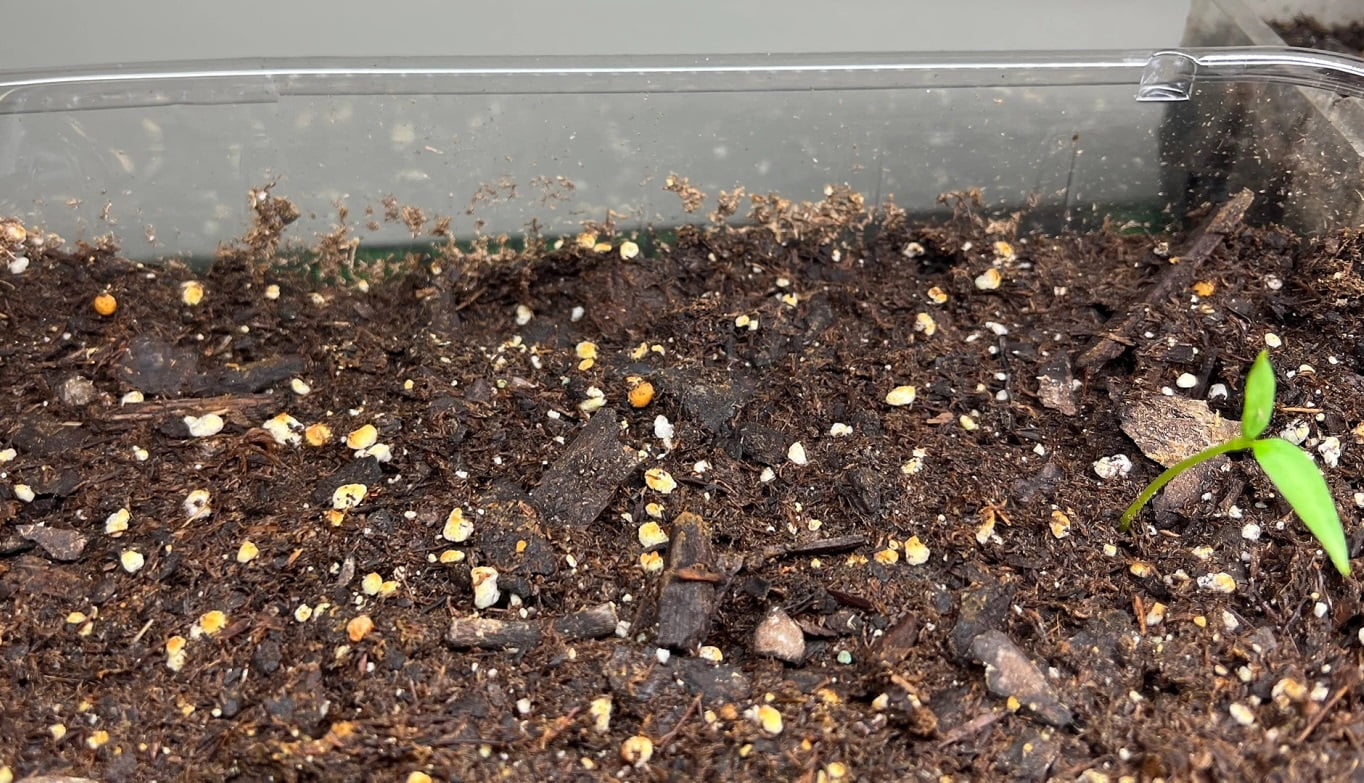
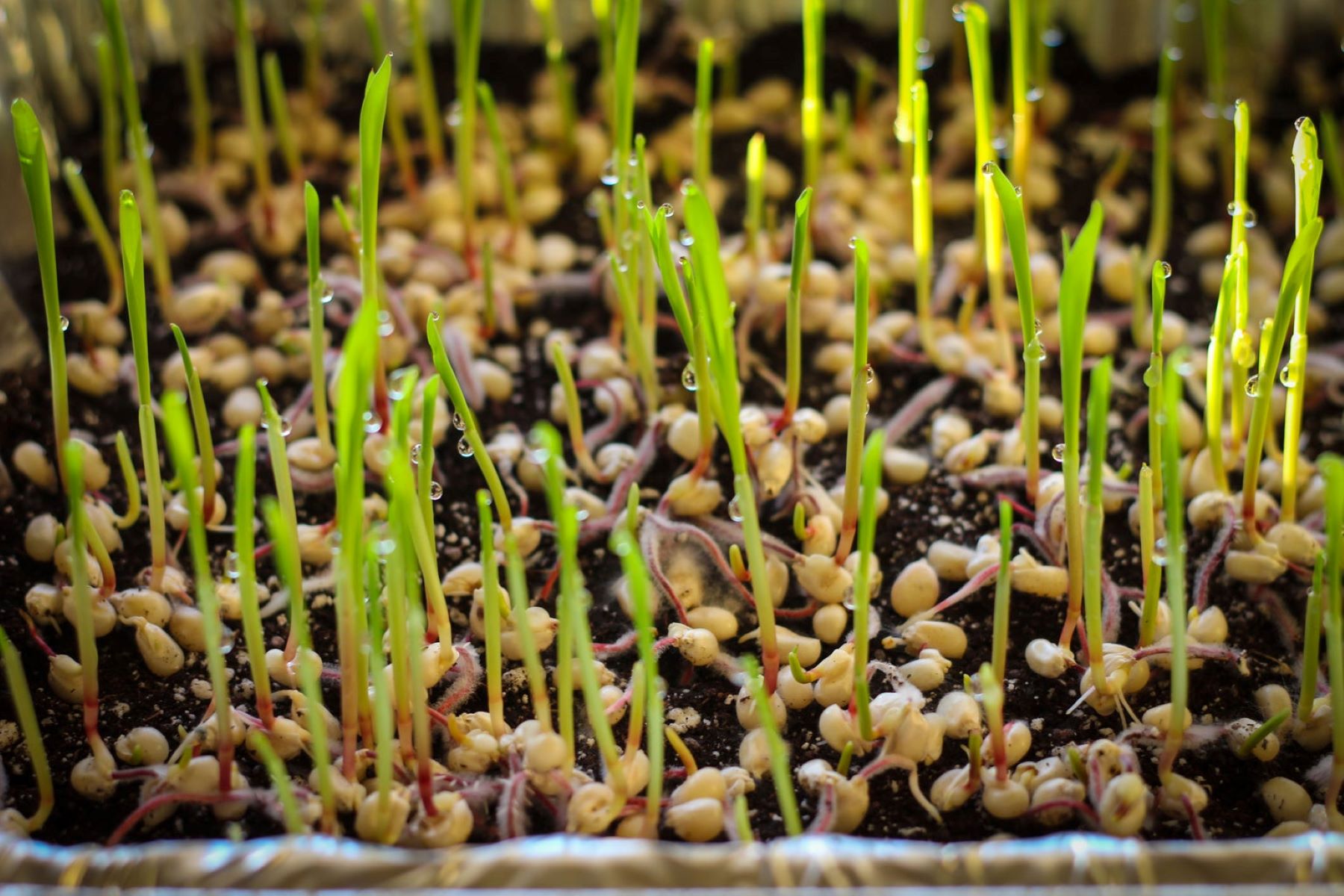
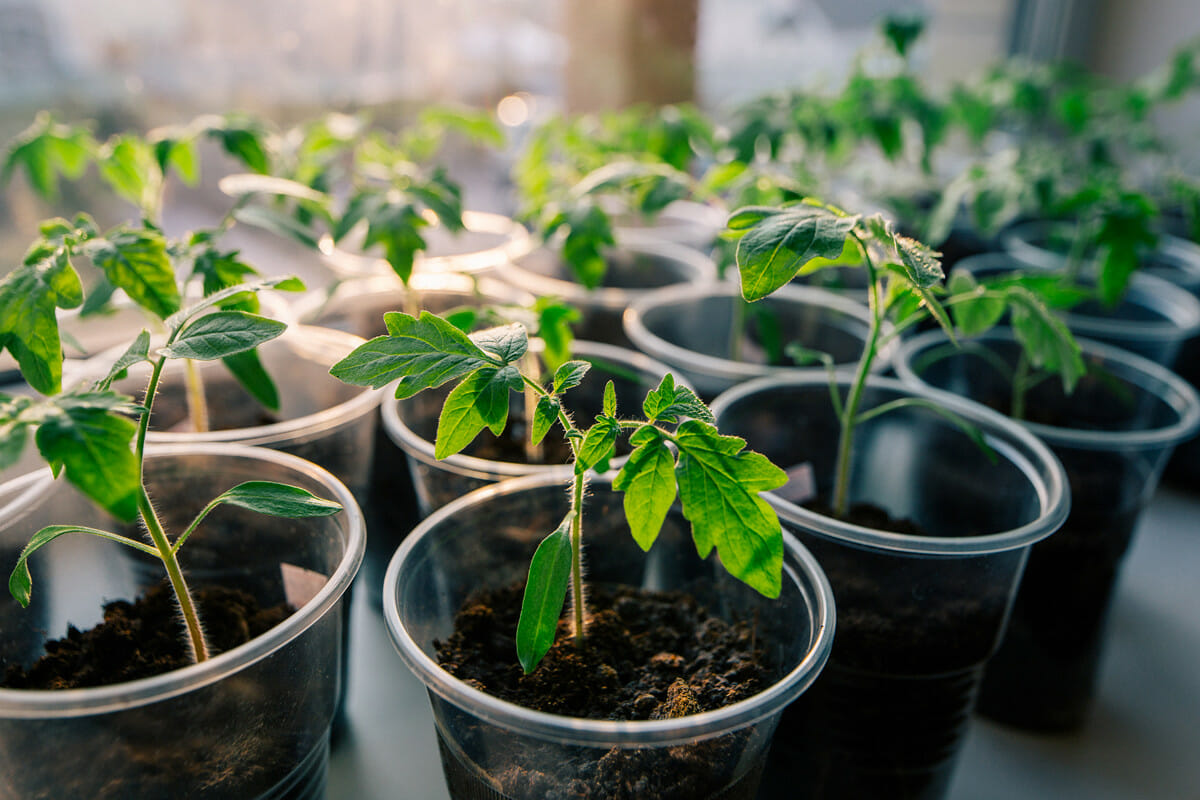
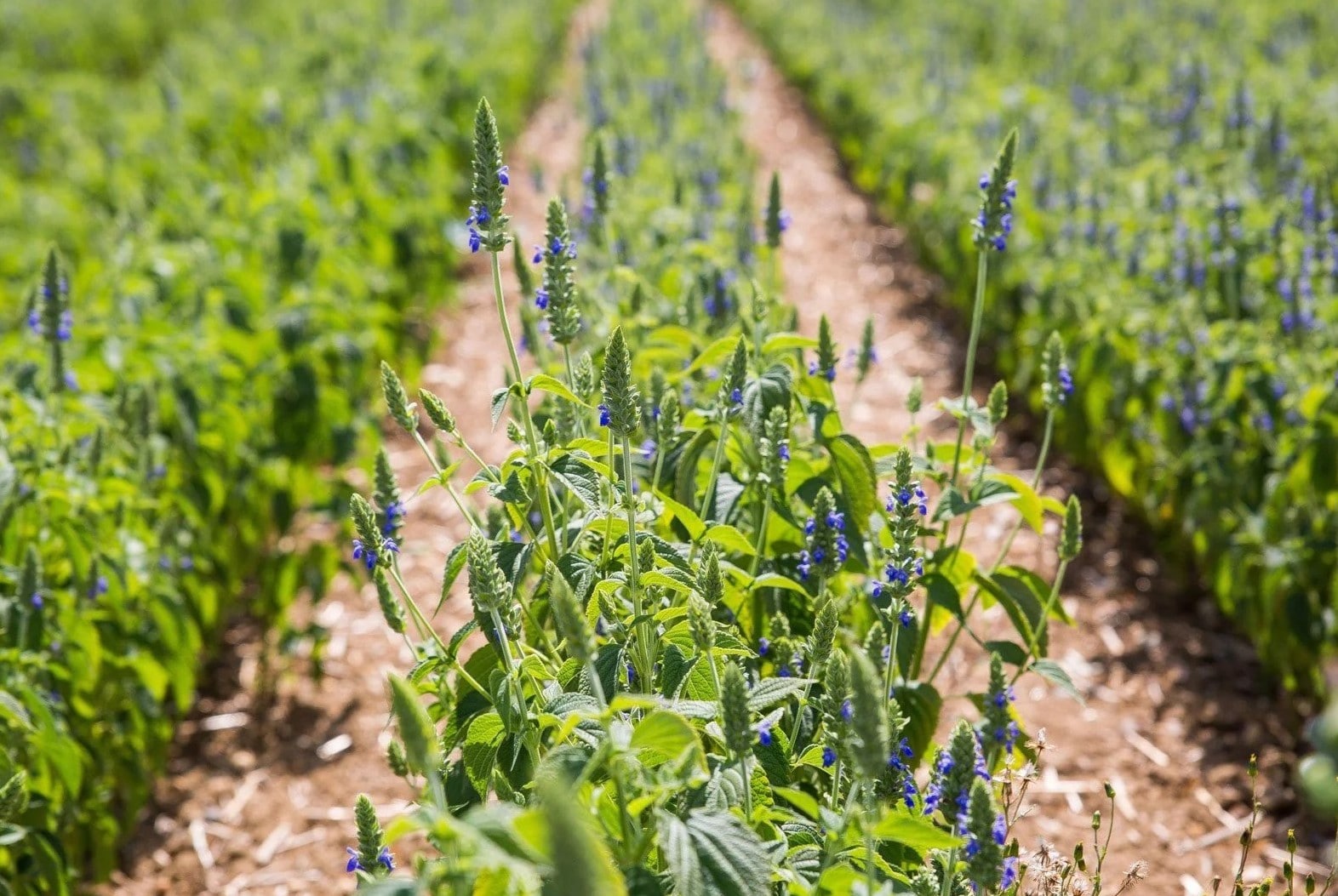
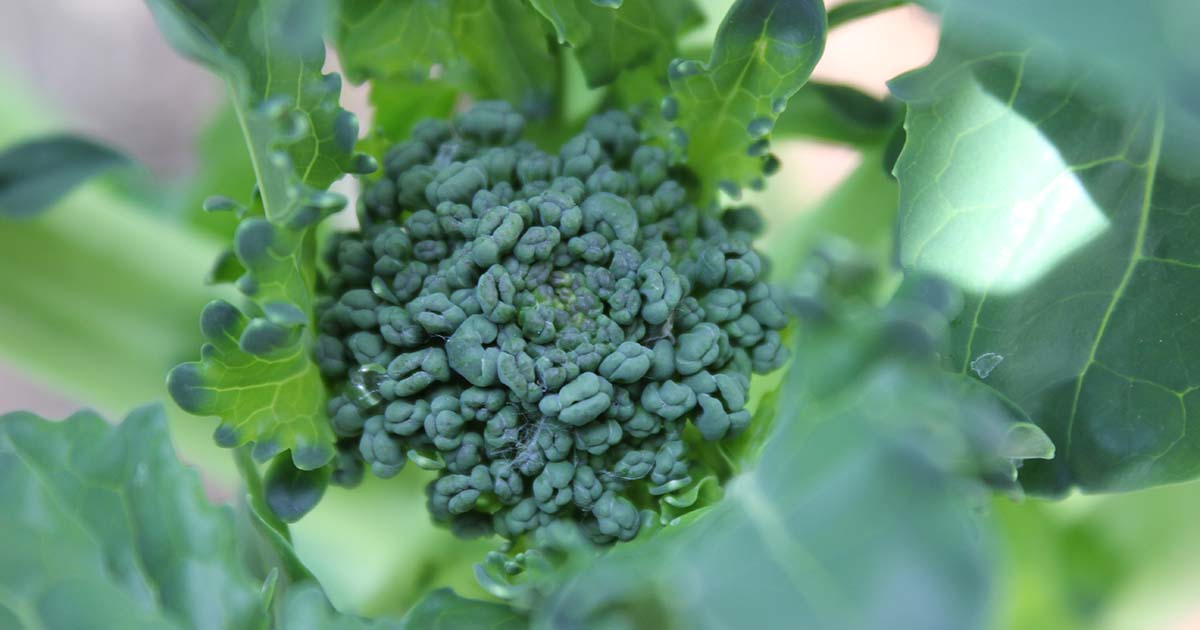

0 thoughts on “How To Make A Mango Seed Grow”